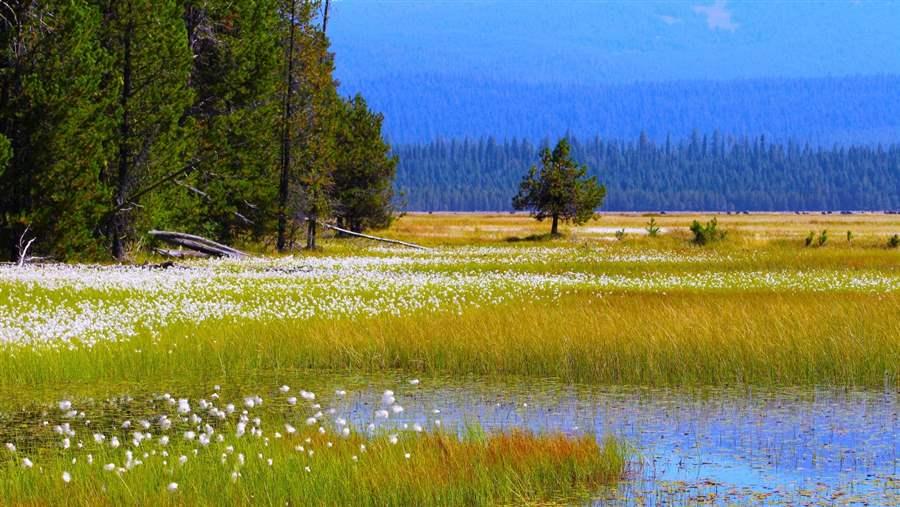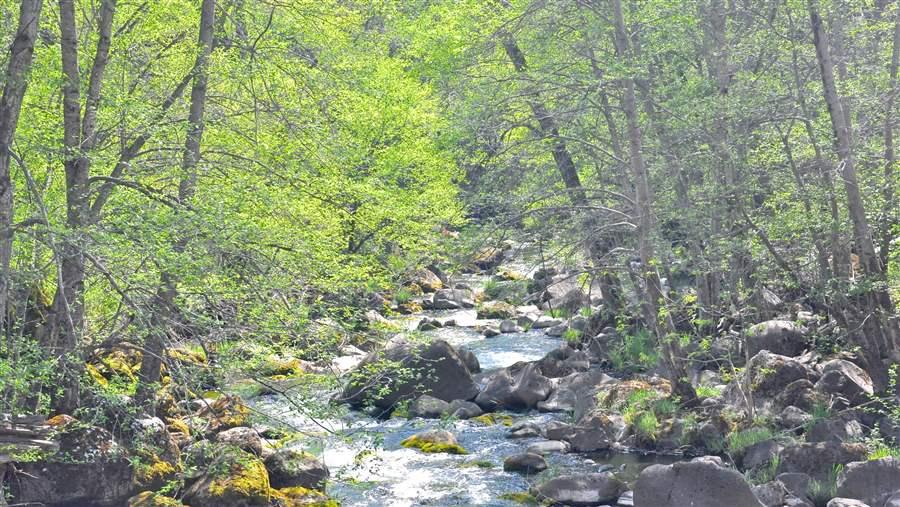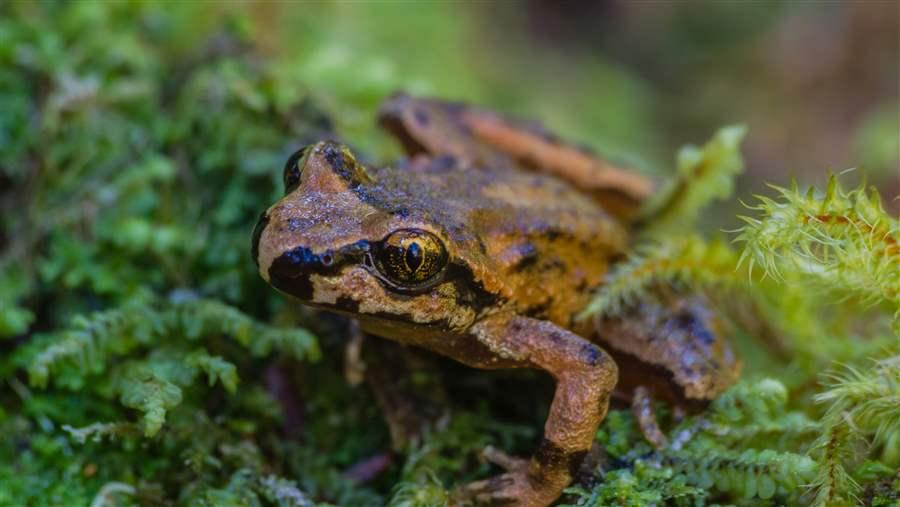Oregon Monument’s Rich Biodiversity Merits Continued Protection
Administration order threatens Cascade-Siskiyou and the array of outdoor recreation it offers

High-desert plants grow alongside meadow flowers and wetland species in the Cascade-Siskiyou National Monument.
© Alec Bryan, Bureau of Land ManagementUpdate: The period for public input on the Trump administration’s national monument review closed July 10 with more than 2 million comments submitted. Interior Secretary Zinke has until Aug. 24 to present his recommendations on the monuments to President Trump.
Editor's Note: This post was updated on June 26, 2017 with the correct name of the Pacific Crest Trail.
Hikers wade through meadows of wildflowers along the Pacific Crest Trail. Climbers ascend the ancient volcanic massif of Pilot Rock. An angler pulls a rare redband trout from the translucent waters of Jenny Creek, the speckled fish glistening in the sun.
These are scenes from Cascade-Siskiyou National Monument, 113,000 acres of pure nature in southwestern Oregon near the California line. They could be at risk, however, if Interior Secretary Ryan Zinke recommends that the monument be shrunk or eliminated—a possibility under his ongoing review of more than two dozen national monuments, which President Donald Trump ordered April 26.
National monuments are economic engines for gateway towns, attracting visitors from near and far. For example, near Cascade-Siskiyou in Jackson County, Oregon, service jobs (teachers, engineers, doctors) grew by 24 percent and real personal income rose 30 percent in the 15 years following the national monument’s designation, according to research by the independent firm Headwaters Economics.
Diminishing Cascade-Siskiyou would be a mistake, not only because it would compromise the enjoyment of the legions of people who use the monument, but also because it would threaten the area’s remarkable biodiversity.
The monument, established in 2000 and expanded just four months ago, is the only national monument explicitly designated to protect an area of outstanding biological diversity. It is home to redband trout, desert snakes, giant Pacific salamanders, rare and endangered species such as the northern spotted owl and Oregon spotted frog, and native-species communities found nowhere else on the planet. Cascade-Siskiyou also serves as a natural corridor through which plants and animals migrate: Sitting at the intersection of the Cascades, Klamath-Siskiyou, and Great Basin ecoregions, the corridor allows movement between the Pacific coastal and inland mountain systems, providing a gateway for Pacific fisher, mule deer, gray wolves, and spotted owls, among other species. It is also a designated winter range for black-tailed deer and Roosevelt elk.
Many of these species find refuge among the park’s dense forests—which include old-growth oak savannas, Shasta red firs, and western junipers—and its clean, cold rivers. Tunnel Creek is a unique spring-dominated wetland area that’s home to the rare Oregon spotted frog and boasts a remarkable diversity of sedges, a family of grasses that grow in wet places. New species of water-dependent animals are still being discovered in this small corner of Oregon.
Even reducing Cascade-Siskiyou to its original size would imperil that biodiversity, according to an independent scientific evaluation from 2011, which concluded that “some of the most valuable biological resources both within and immediately adjacent to the [pre-expansion] Monument are at high risk of irreversible degradation and loss.”
The call for that expansion drew strong local support from chambers of commerce, city councils, local elected officials, business owners, and Klamath tribes. A public meeting on the expansion in Ashland, Oregon, in October 2016 drew some 500 people, with most speakers voicing support for expanding the monument. Senator Jeff Merkley (D) received more than 5,000 public comments on the proposal, with approximately three-quarters of them favoring the larger park for reasons such as the significant economic benefits of tourism. After the expansion, the sportsman group Trout Unlimited applauded the move, citing the need to safeguard the region’s biodiversity.

Upper Jenny Creek is the stronghold of the Jenny Creek redband trout and the Jenny Creek sucker, two fish found nowhere else on Earth.
© Pepper Trail
National monuments, like all public lands and waters, are a significant part of what makes the United States great. The case for preserving Cascade-Siskiyou is clear, and The Pew Charitable Trusts joins the chorus of those encouraging President Trump to maintain this monument for all to enjoy. To share your opinion, visit https://advocacy.pewtrusts.org/page/9685/petition/1?ea.tracking.id=Web .
Mike Matz directs The Pew Charitable Trusts’ U.S. public lands program, focusing on wilderness and national monument projects.













